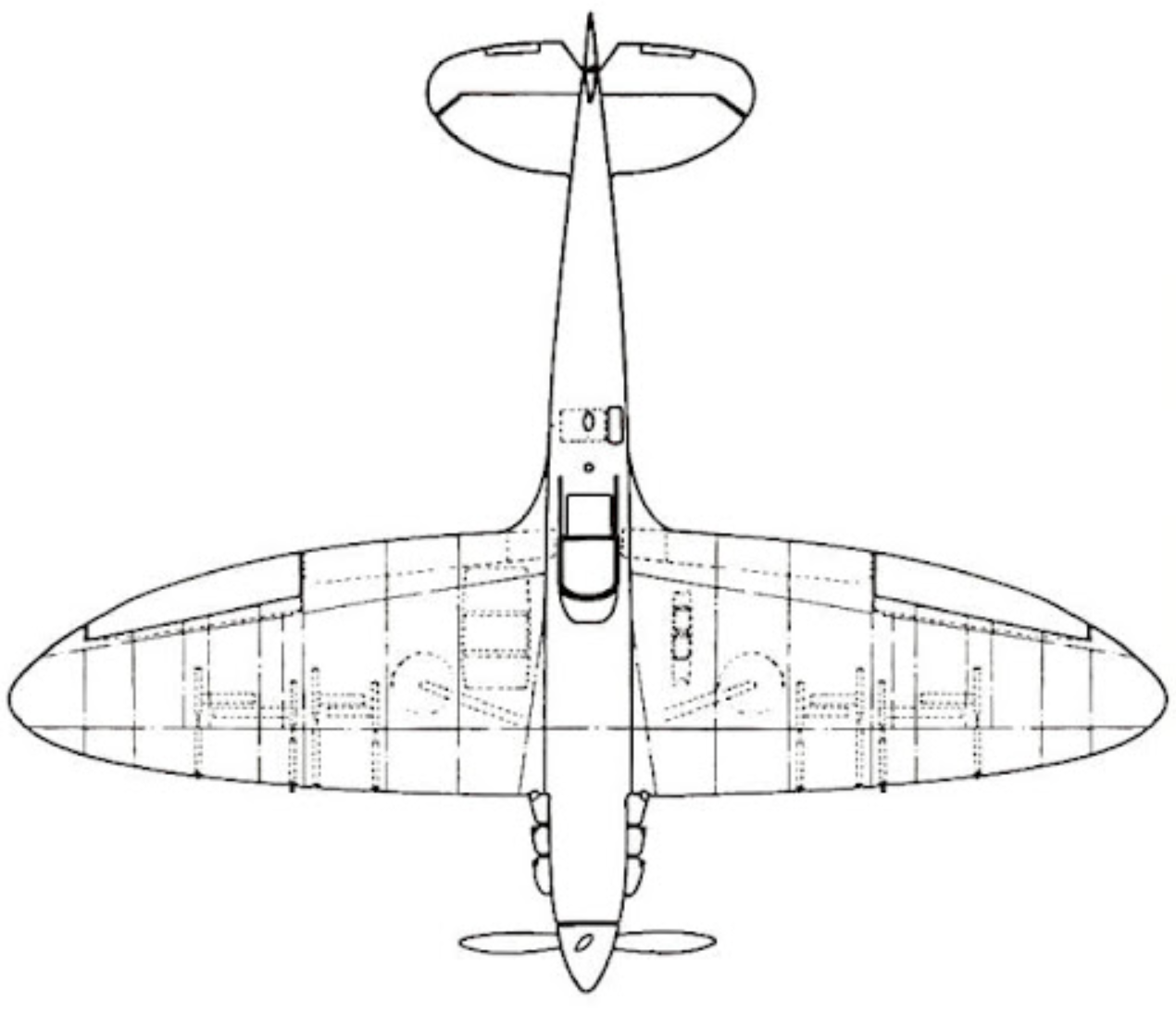Those of us who fly owe a great deal to German aerodynamicists who worked during the 1930s. Ironically the iconic elliptical wing design of the Supermarine Spitfire was influenced by several men. Most notably a young man named Bever ly Shenstone. Shenstone was a Canadian who had been working for Junkers in Germany for a couple of years before being hired on by Supermarine in England. While in Germany Shenstone met a man named Ludwig Prandtl who was the first aero engineer to describe Elliptical Lift Distribution and how it influenced Induced Drag. Other innovations learned in Germany by Shenstone included the use of a thin wing section and flush rivets. It was from this information that the elliptical wing design for the spitfire was born. So, the legendary Spitfire, that came to the world’s attention during the Battle of Britain had some roots in German soil.
ly Shenstone. Shenstone was a Canadian who had been working for Junkers in Germany for a couple of years before being hired on by Supermarine in England. While in Germany Shenstone met a man named Ludwig Prandtl who was the first aero engineer to describe Elliptical Lift Distribution and how it influenced Induced Drag. Other innovations learned in Germany by Shenstone included the use of a thin wing section and flush rivets. It was from this information that the elliptical wing design for the spitfire was born. So, the legendary Spitfire, that came to the world’s attention during the Battle of Britain had some roots in German soil.
Scripture tells us that it takes many minds coming together to help create a successful outcome:
Proverbs 15:22 If you don’t ask for advice, your plans will fail. With many advisors, they will succeed.
In this example a very important piece of machinery, the spitfire, was developed from information collected from several sources. Many of you will be asking where is R.J. Mitchell in all of this? Mr., Mitchell was the man who put together the design team at Supermarine that came up with the Type 300 airframe we now call the Spitfire. While his input on the design of the aircraft was considerable, he did not do it alone. He applied the lesson from Proverbs 15:22